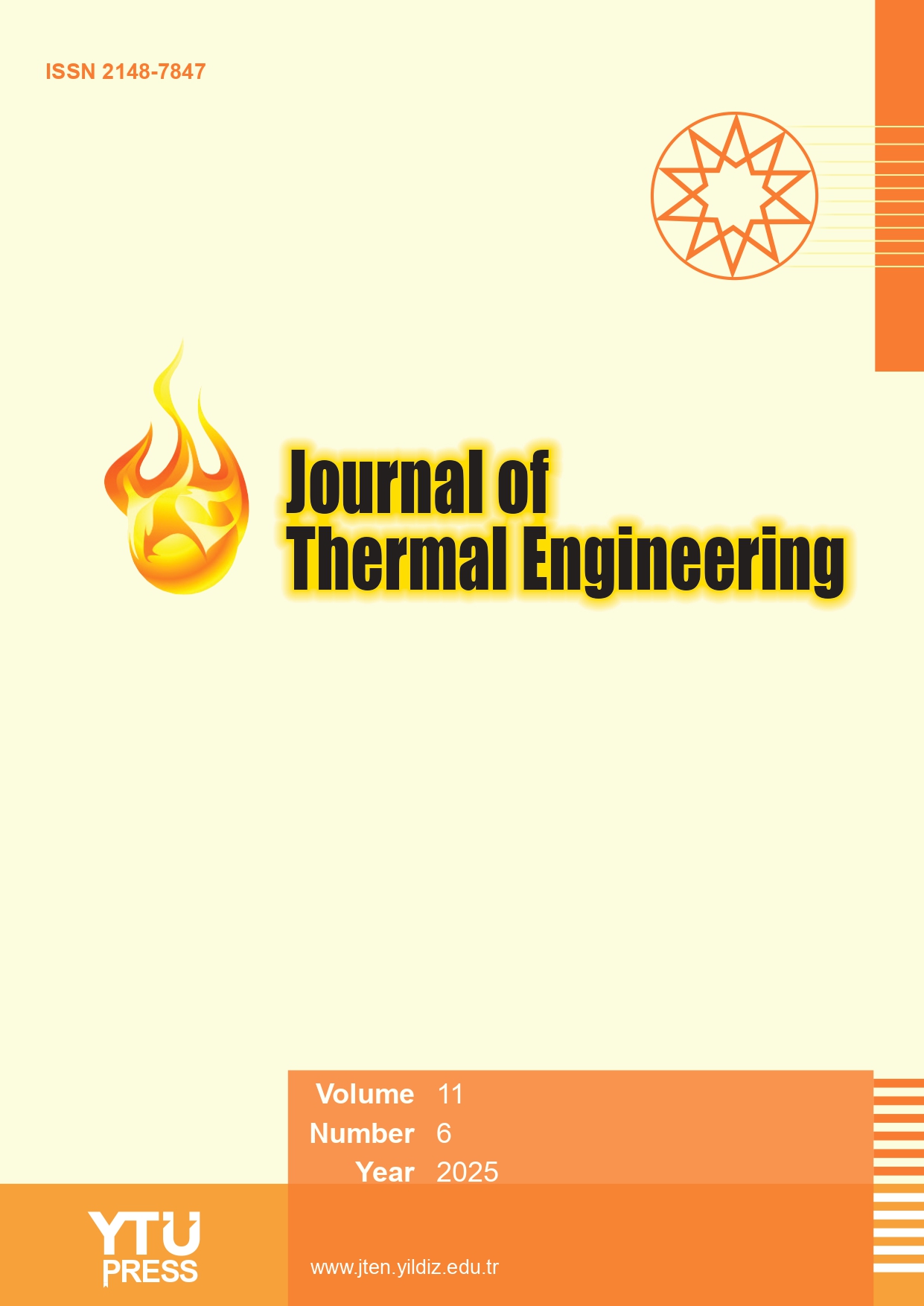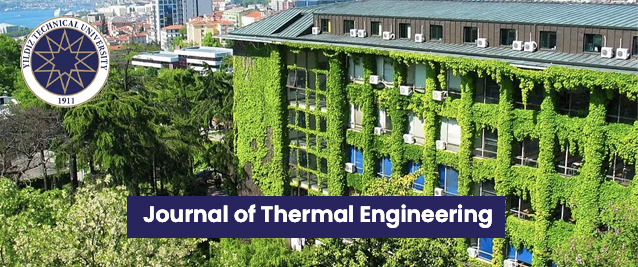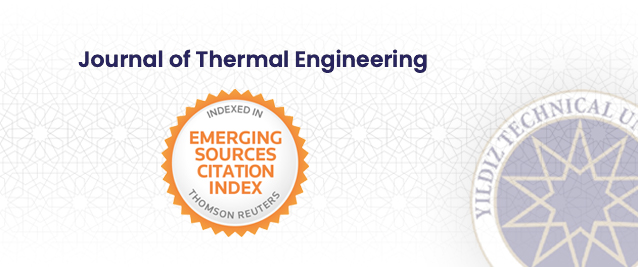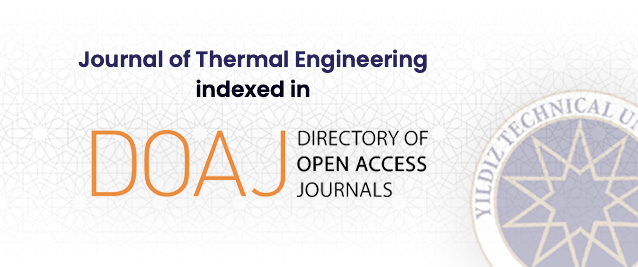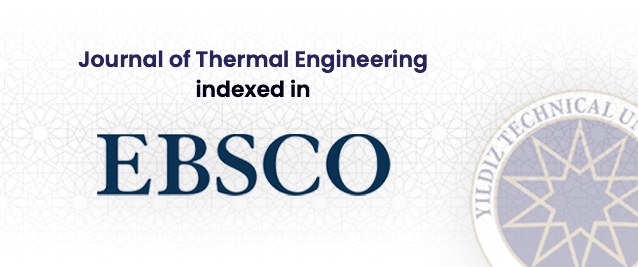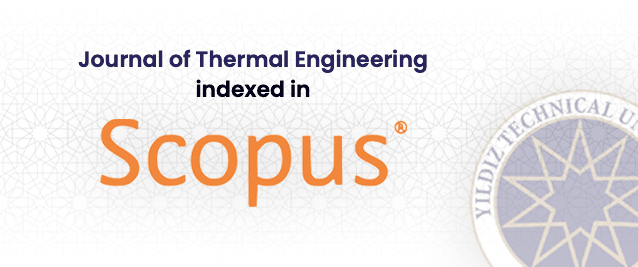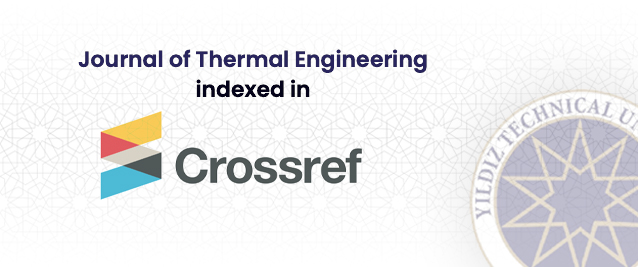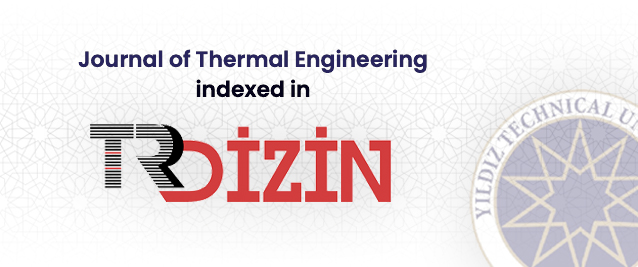2Al-Diwaniyah Technical Institute, Al-Furat Al-Awsat Technical University, Al Diwaniyah,31001, Iraq
Abstract
Using numerical methods, this paper investigates the heat transmission and friction factor of a SAH duct that has been intentionally roughened. The absorber plate of the duct is equipped with an arc-shaped structure that has three distinct angles of attack. This structure is Installed on the peak walls from the tray. The roughness parameters of this structure include a respective roughness factor (p/H) beginning from from 1.667 to 6.667, a respective rough height (e/H) of 0.271, an arc angle (α) beginning from from 30° to 60°, and a Re beginning from from 3000 to 15000. It has been determined that the efficiency of roughened SAH ducts surpasses that of smooth ducts within the range of roughness values examined. The numerical analysis indicates that the highest increase in Nu and f occurred at specific values: a respective roughness factor (p/H) of 3.33, a respective roughness height (e/H) of 0.271, an arc angle (α) of 60°, and a Reynolds number of 15000. The test runs for the roughened duct involved collecting data on various combinations of roughness parameters. The highest values observed were Nu = 215 and Nu ratio = 7.21. When compared to the conduit that is smooth had most possible value of f = 2.5 and f/fs = 3.39. The thermal performance factor is 3.88.


